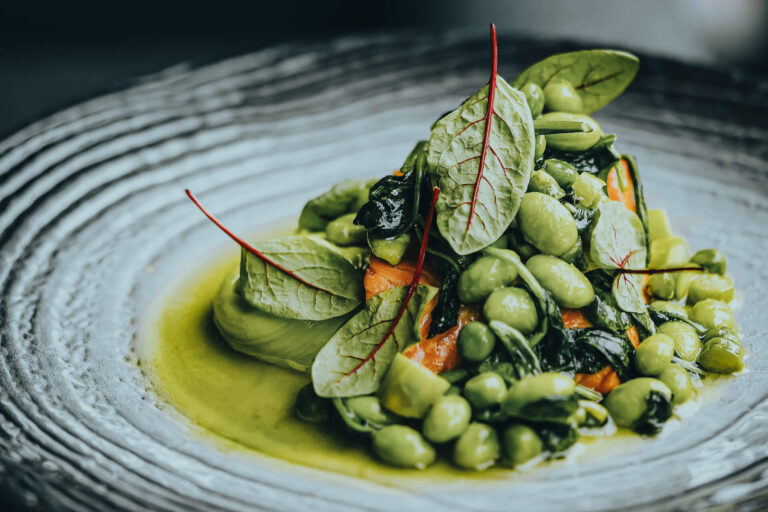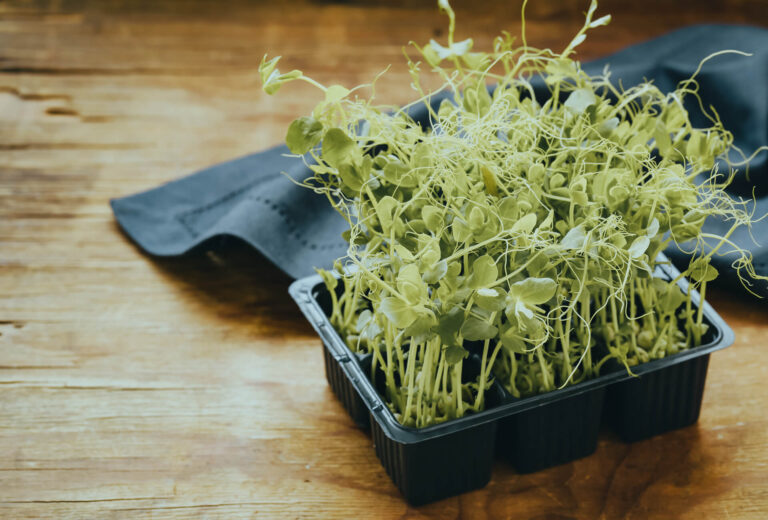Broad Beans Explained: Nutrition, Growing Guide, and Harvesting Tips
- OSF Orto
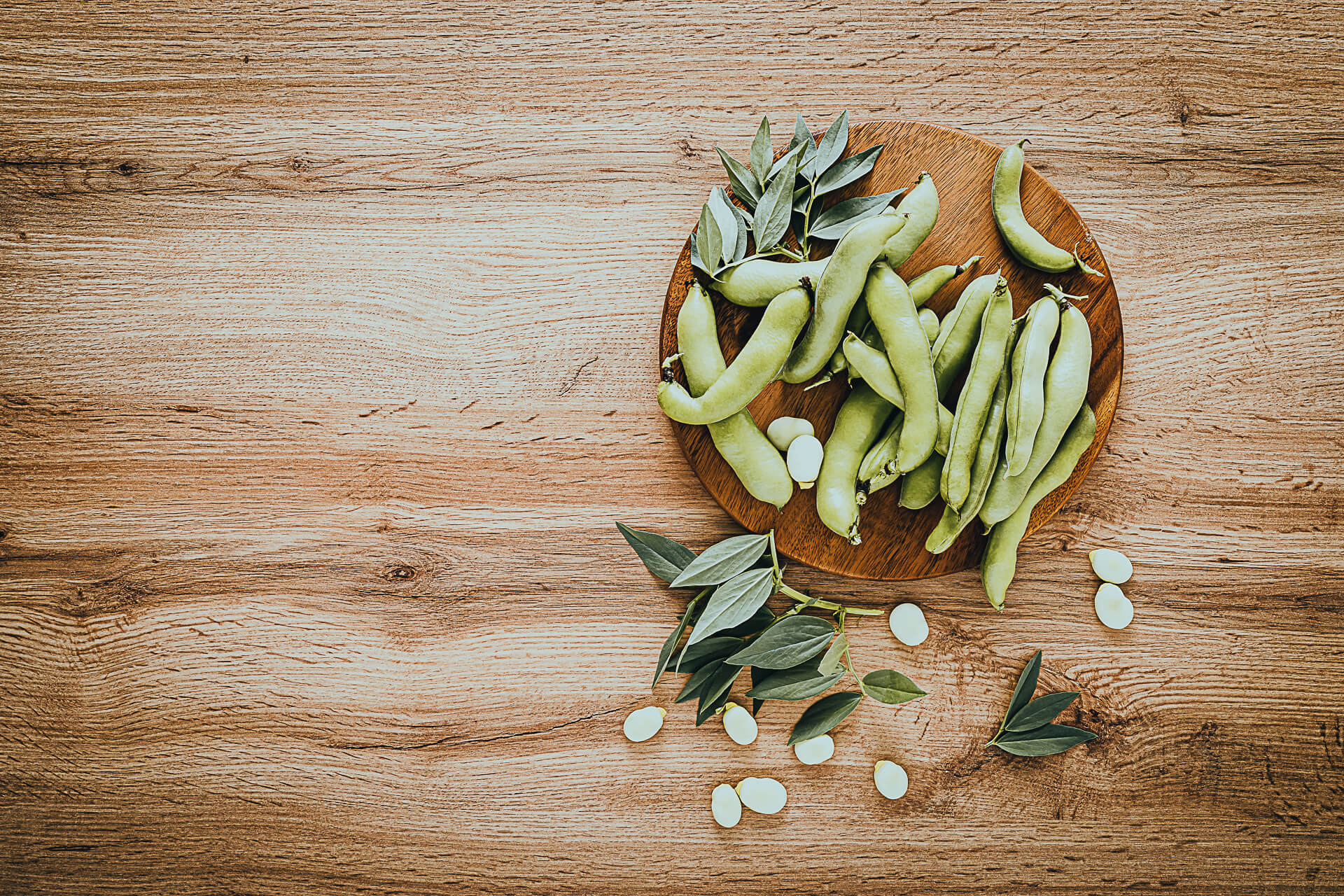
History
Originating in the Mediterranean, probably in North Africa and Southwest Asia, the broad beans now grow all over the world. During the 17th century, broad beans reached Britain. It was well- known to ancient Egyptians, Romans, and Greeks. Broad beans were considered low-class food by ancient Egyptians. Around 6,500 B.C. broad beans were commonly consumed in Israel and the Middle East, where the crop is still regarded as a staple.

Fun Facts
Because Pythagoras believed the beans contained the souls of the dead, he prohibited his followers from eating them or even touching them.
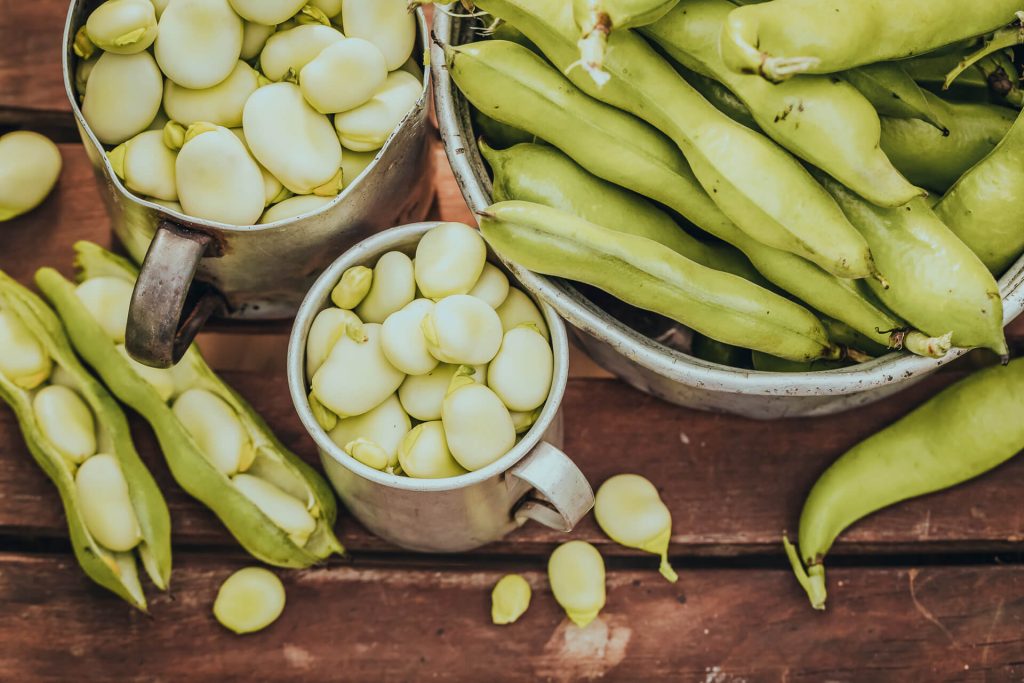
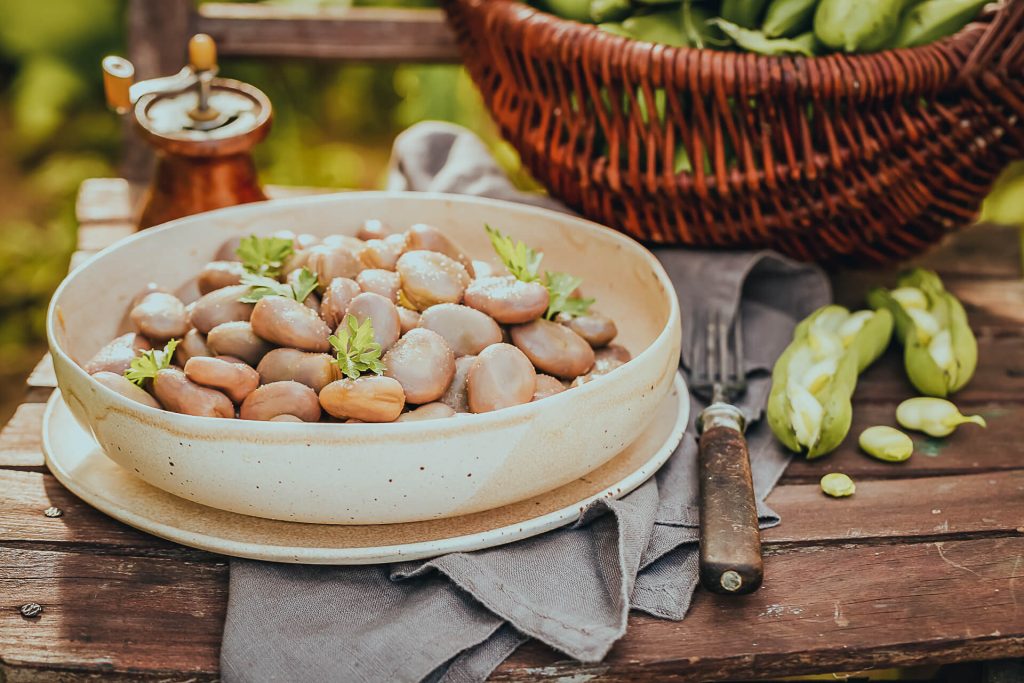
Health Benefits
Among the vitamins and minerals found in broad beans are iron, magnesium, copper, folate, and zinc, as well as vitamins C and B. In addition to being good for your bones, broad beans are also good for your brain and immune system.
The fiber content of broad beans is high. Among its many health benefits, fiber aids digestion, helps control blood sugar levels, and prevents cholesterol formation.

When to Plant Broad Beans
The best time to plant broad beans is in the late autumn or early winter, typically between October and November. Despite their ability to tolerate a wide range of temperatures, broad beans grow best in a range between 59°F and 77°F (15°C and 25°C).
It is best to plant broad beans in well-drained soil that is rich in organic matter. Plant broad beans about 4 to 6 inches (10 to 15 cm) apart, and space the rows 24 to 30 inches (60 to 75 cm) apart.
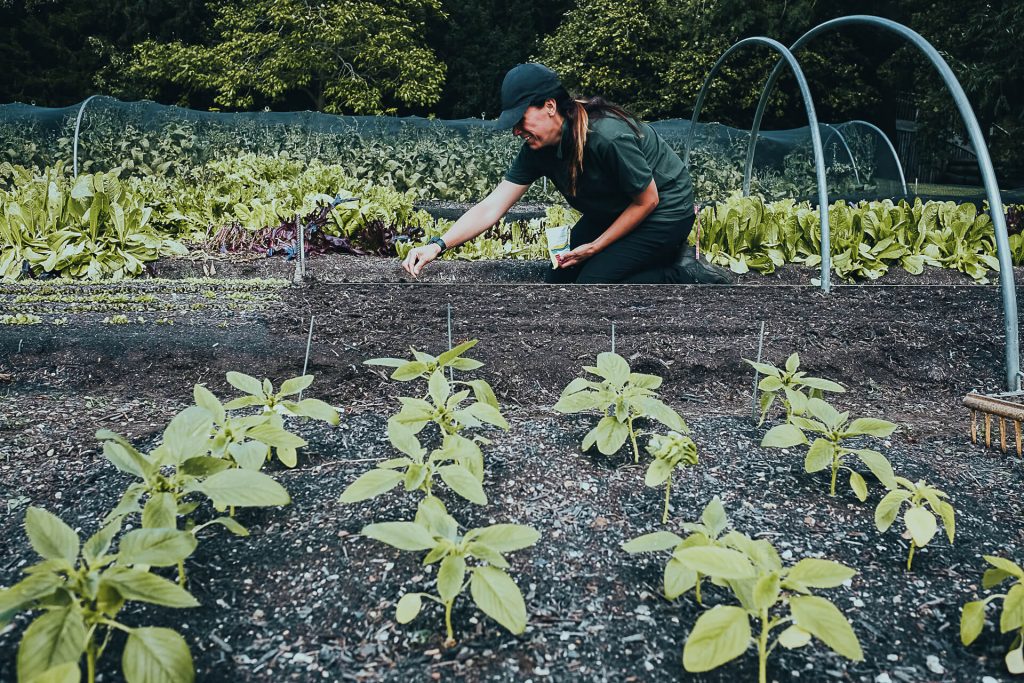
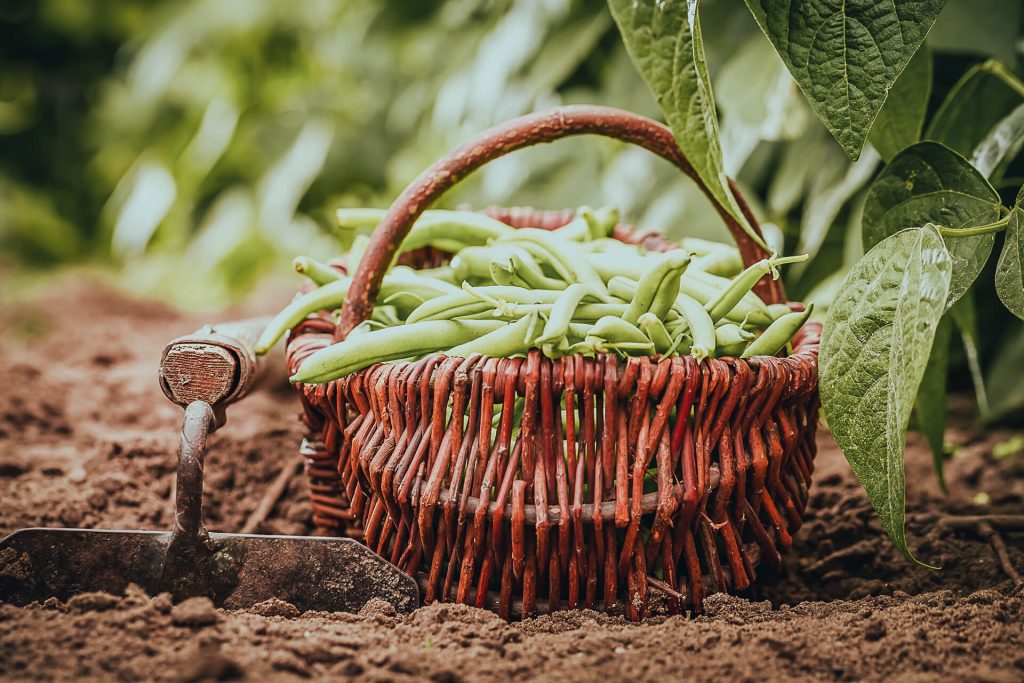
Harvesting
Depending on when they were planted, broad beans are usually ready for harvest in late spring or early summer typically around May or June. When the pods have swollen and the beans inside are clearly visible, broad beans are ready to harvest.

Companion Plants for Broad Beans
The best companion plants to grow with broad beans are corn, catnip, potatoes, cucumbers, radishes, cabbages, and rosemary.
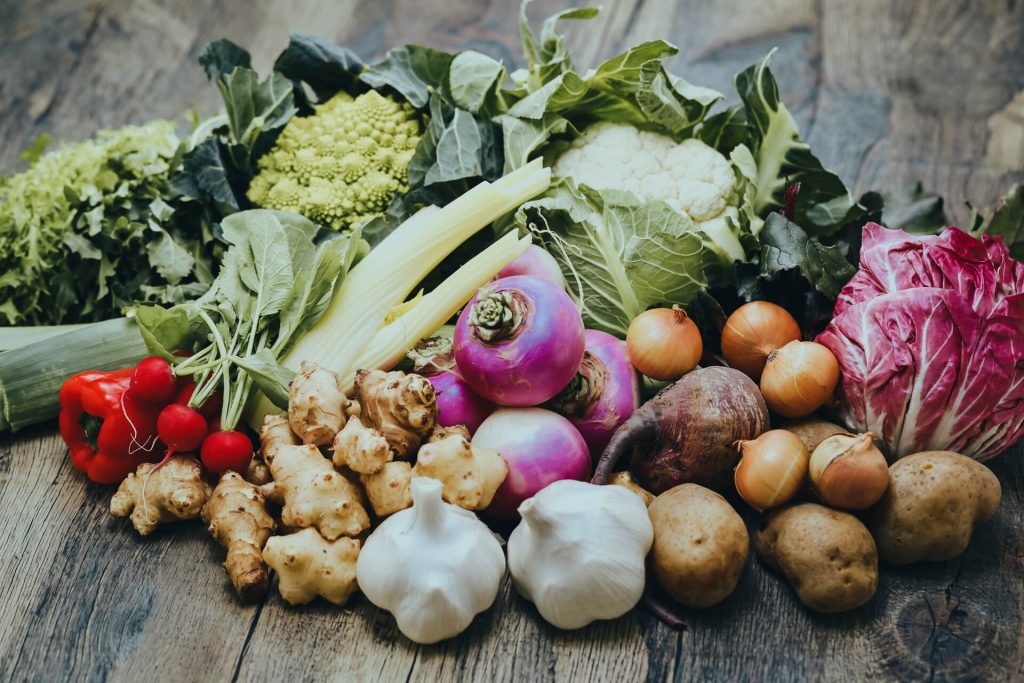
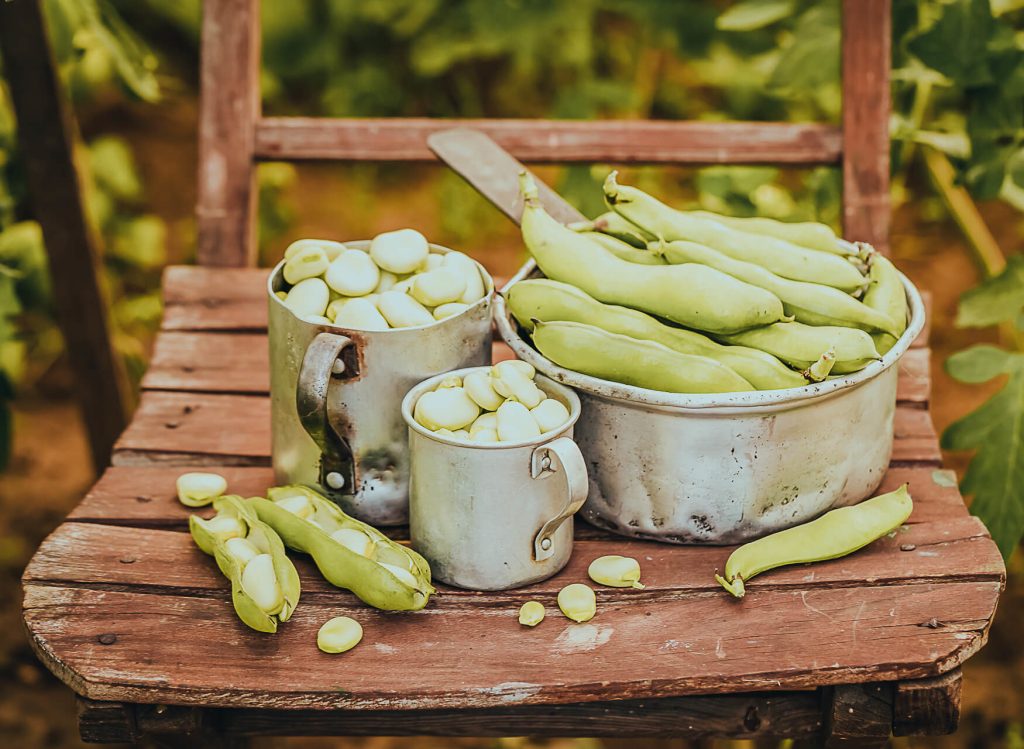
Summary
Broad beans originated in the Mediterranean and are now grown all over the world. They are considered low-class food by ancient Egyptians, Romans, and Greeks, and are popular in Israel and the Middle East. Pythagoras prohibited his followers from eating them, but they are good for bones, brain, immune system, and fiber. When to plant broad beans is in late autumn or early winter, and they should be planted 4 to 6 inches (10 to 15 cm) apart and spaced 24 to 30 inches (60 to 75 cm) apart. Harvesting is usually in late spring or early summer. Companion plants for broad beans include corn, catnip, potatoes, cucumbers, radishes, cabbages, and rosemary.





